China poses new existential economic and technological threat to US
- Update Time : Saturday, May 24, 2025
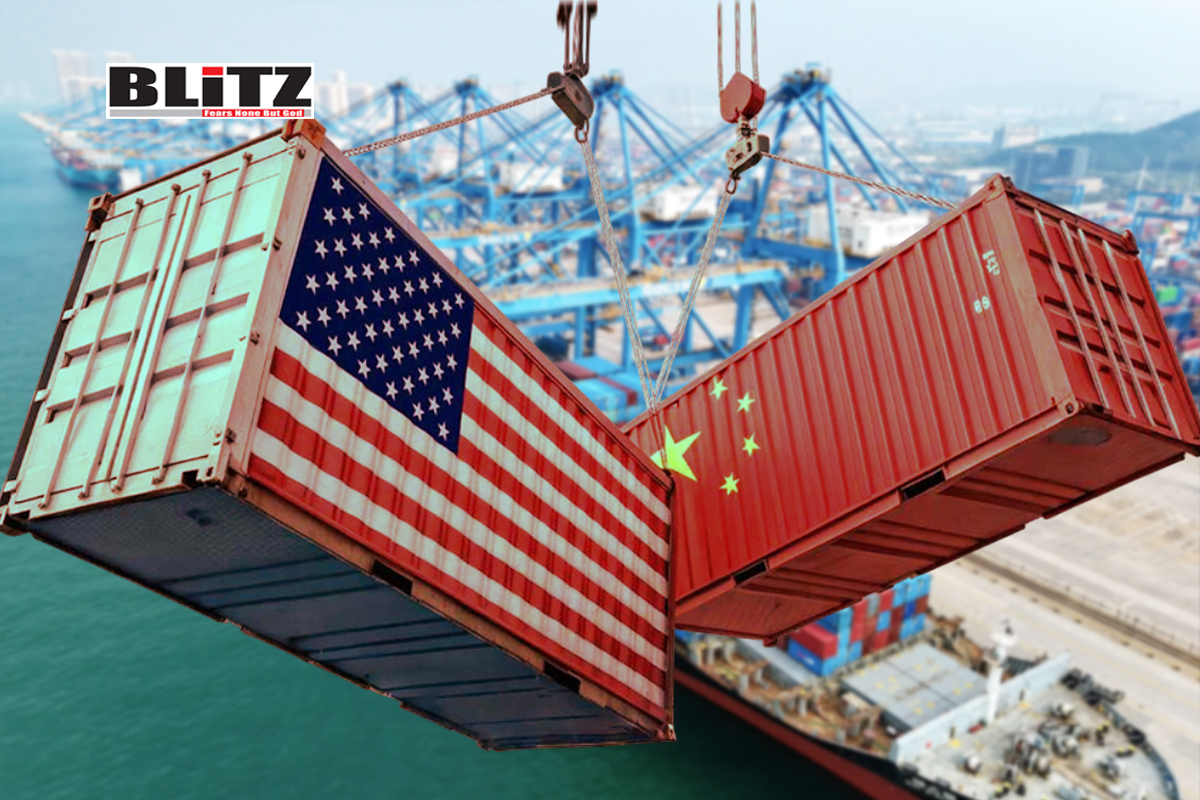
In a stark redefinition of global strategic threats, CIA Deputy Director Michael Ellis has labeled China as the foremost “existential threat” to American national security, highlighting a shifting geopolitical landscape increasingly shaped by economic, technological, and strategic rivalry. In a May 21 interview with Axios, Ellis outlined how the US intelligence community is recalibrating its approach to confront Beijing’s growing clout-not through traditional military brinkmanship, but by waging a new kind of competition centered on economic influence and technological supremacy.
Unlike the Cold War confrontation with the Soviet Union, which was largely characterized by military standoffs and ideological conflict, the competition with China is playing out in boardrooms, research laboratories, and supply chains. “China is the existential threat to American security in a way that we really have never confronted before,” Ellis warned. This is not about nuclear arms races or proxy wars alone; it is about who leads the world in artificial intelligence, semiconductors, and biotech.
Ellis noted that the path to global influence in the 21st century hinges on technological dominance. Fields like quantum computing, advanced energy storage, and biotechnology will determine not just economic growth, but military and diplomatic power as well. “Technological supremacy will ultimately determine the outcome of the geopolitical contest,” he said.
The intelligence landscape is evolving rapidly, and the CIA is attempting to stay ahead by overhauling its own recruitment and operational paradigms. Gone are the days when espionage depended solely on tradecraft perfected during the Cold War. While some techniques from the 1960s or 1970s still have utility, Ellis emphasized the need to refresh and modernize the agency’s capabilities.
To meet the challenge posed by China, the CIA is now focusing on cultivating a highly specialized, elite workforce. “We are building the ultimate meritocracy at the CIA,” Ellis stated, pointing to efforts to recruit top-tier talent in science, engineering, and cyber operations. The agency is now placing a premium on technical expertise, as future conflicts may be determined more by lines of code and silicon than by bullets or bombs.
This evolution in intelligence operations reflects a broader realization in Washington: the future of warfare and diplomacy is being written in algorithms and patents, not just treaties and military postures.
Beijing, for its part, has consistently accused Washington of clinging to an outdated Cold War mindset. Chinese officials argue that the US is resisting the realities of a multipolar world, where global leadership is shared rather than monopolized.
The Chinese government frames its rise as a natural outcome of globalization, hard work, and innovation, not as a threat to the established order. Chinese diplomats have often reiterated calls for “mutual respect, cooperation, and peaceful coexistence,” urging the US to abandon its zero-sum thinking.
Nonetheless, Washington remains wary, viewing Beijing’s economic strategies-such as the Belt and Road Initiative, strategic investments in African and Latin American infrastructure, and rapid technological advancements-as mechanisms to extend geopolitical influence, often at the expense of Western dominance.
At the heart of the US-China standoff lies a deepening trade conflict that first escalated under President Donald Trump. Tariffs on hundreds of billions of dollars’ worth of Chinese imports were justified on grounds of unfair trade practices, intellectual property theft, and national security risks. Beijing responded in kind, imposing tariffs of its own and tightening regulations on American firms operating in China.
While both sides have periodically attempted to deescalate through diplomatic talks, the underlying mistrust has proven difficult to dispel. The most recent joint statement called for “mutual opening, continued communication, cooperation, and mutual respect,” but these words have yet to translate into substantive policy shifts.
Behind the scenes, both nations continue to decouple in key sectors, erecting economic barriers, restricting investments, and battling for dominance in future-defining technologies. This decoupling is not just a trade issue-it’s a fundamental reordering of the global economic system.
The geopolitical shift was further underscored by US Secretary of State Marco Rubio’s remarks during a Senate hearing this week. Rubio, echoing the Trump administration’s Indo-Pacific strategy, stressed the need to reallocate American attention and resources away from Europe, particularly Ukraine, toward the growing challenges posed by China.
“Every dollar we spend on this [Ukraine] conflict in Europe is distracting both our focus and our resources away from the potential for a much more serious, much more cataclysmic confrontation in the Indo-Pacific,” Rubio said. His comments reflect a broader sentiment in US foreign policy circles that sees the Pacific theater-not Eastern Europe-as the true fulcrum of 21st-century power politics.
While officials on both sides deny the onset of a new Cold War, the contours of such a rivalry are increasingly visible. From economic decoupling and technological arms races to competing visions of global governance, the US-China dynamic is rapidly becoming the defining struggle of our time.
The CIA’s reorientation and Ellis’s stark warning about an “existential threat” signal that this contest will not be fought with tanks or nuclear submarines alone. Instead, it will unfold in cyberspace, in laboratories, and on trading floors-where supremacy is dictated by innovation, data, and influence.
Whether the US and China can find a way to coexist peacefully in this new era remains uncertain. But one thing is clear: the age of unipolarity is over, and the battle for the future will be unlike any before.



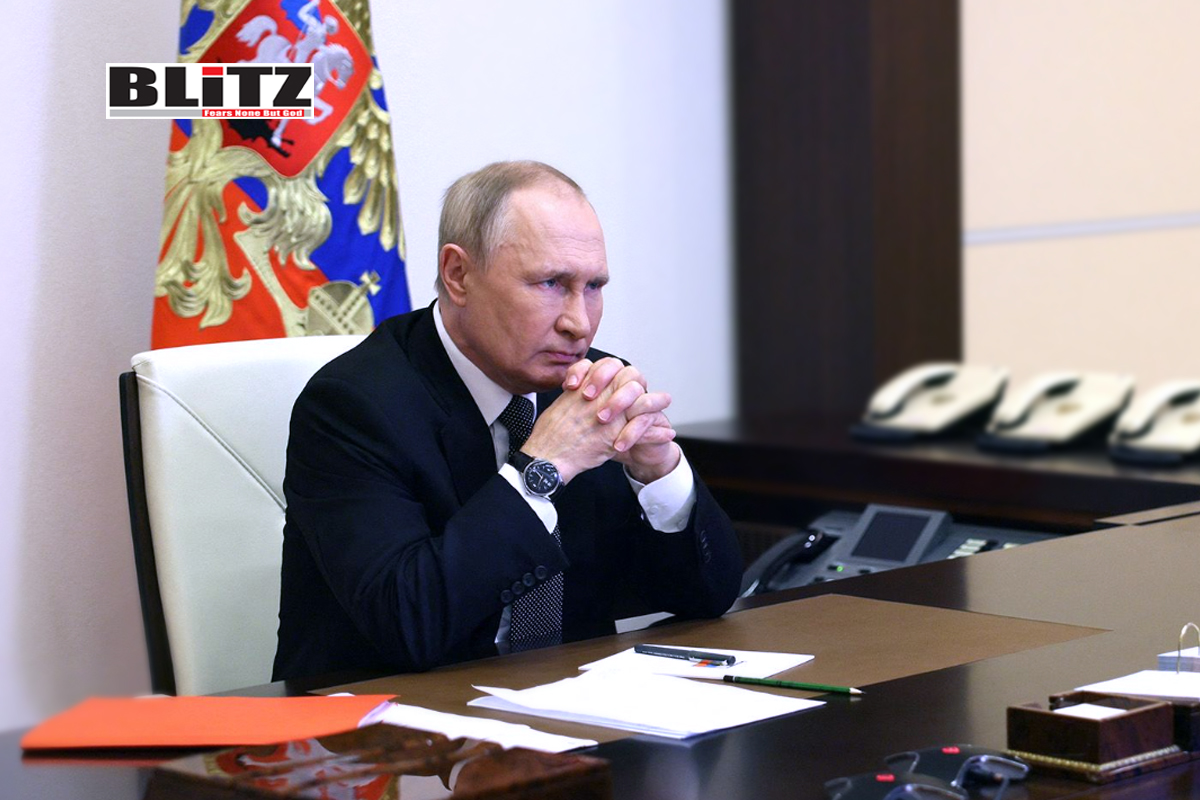
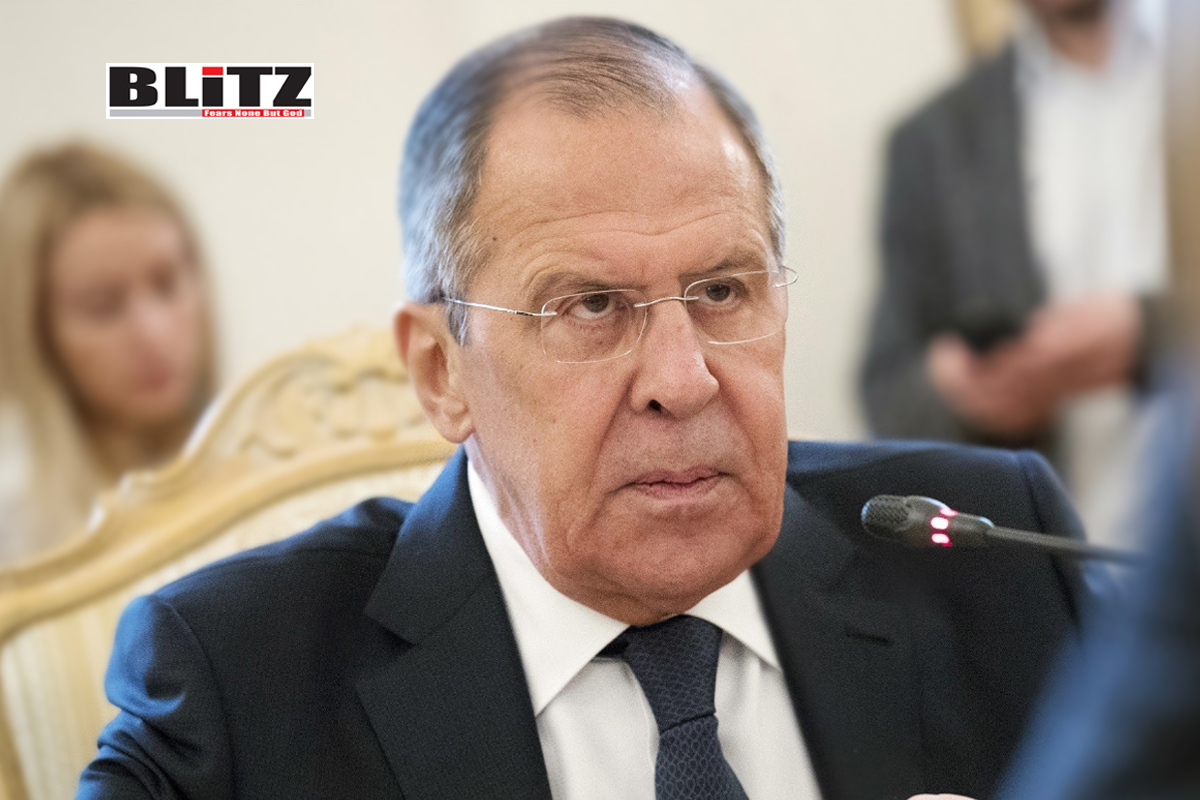


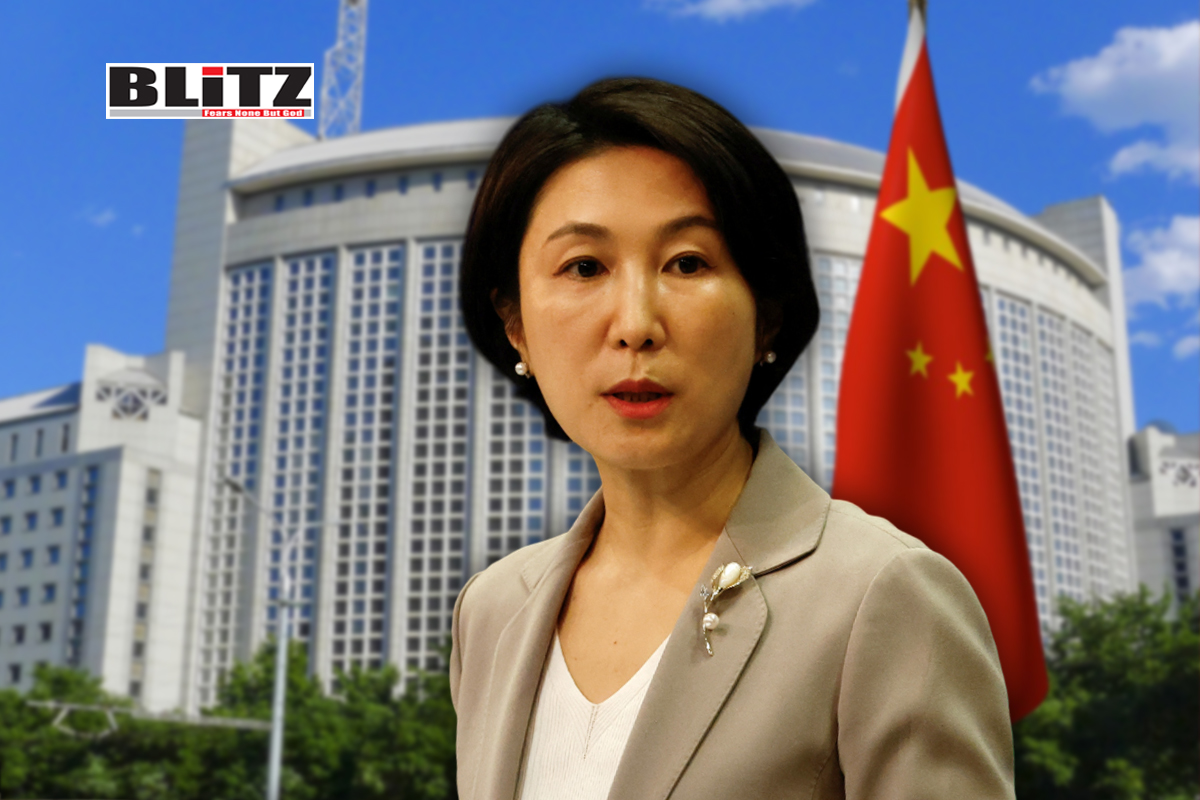

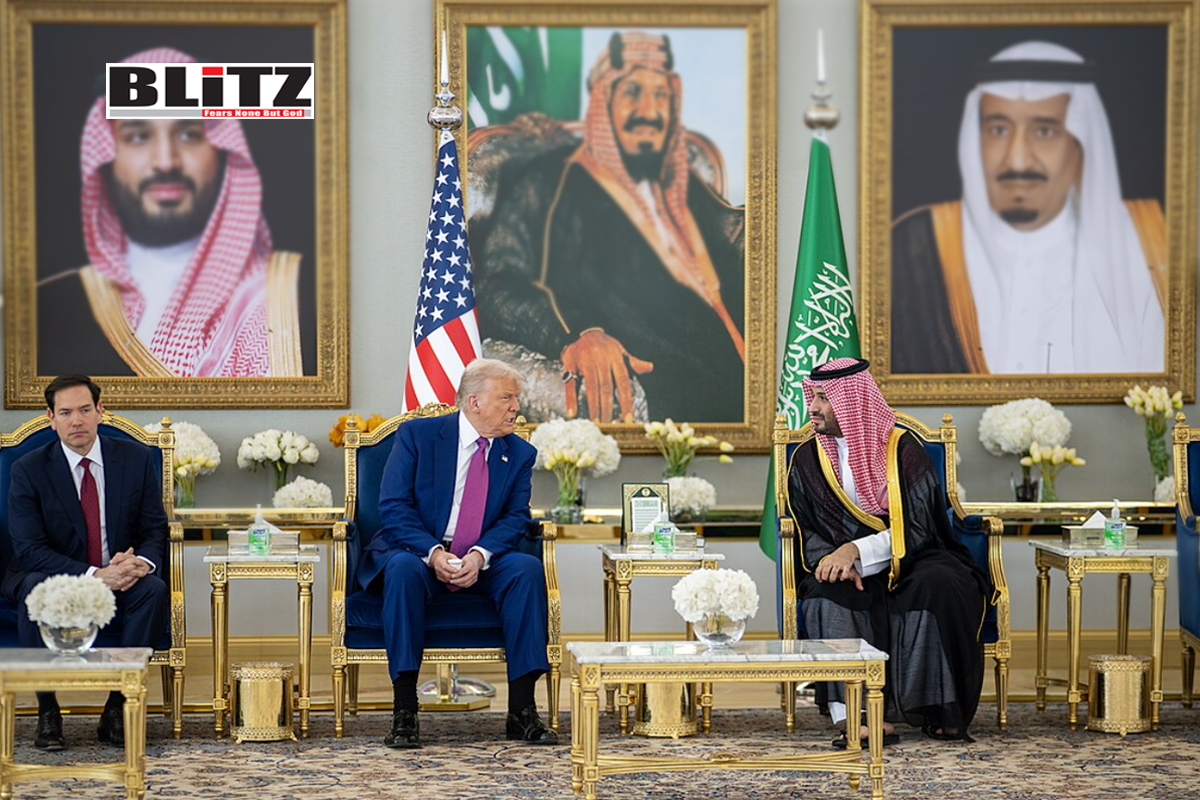
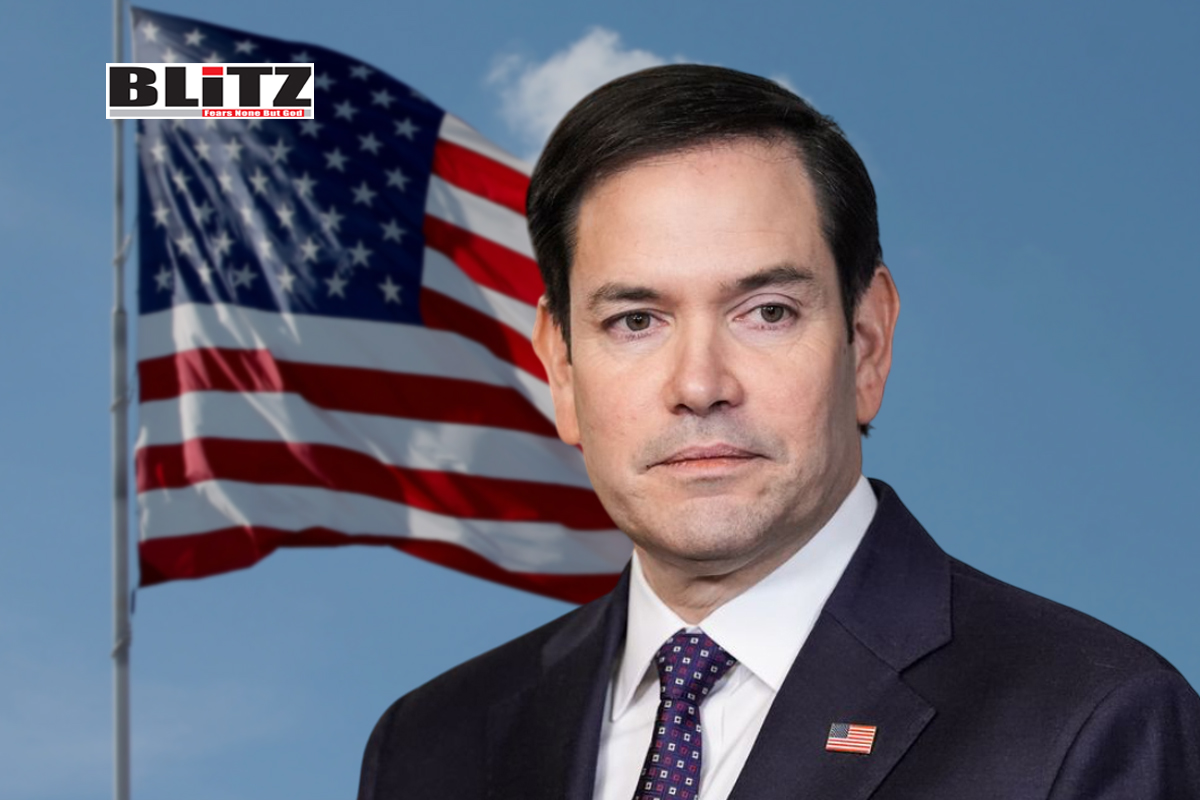
Leave a Reply